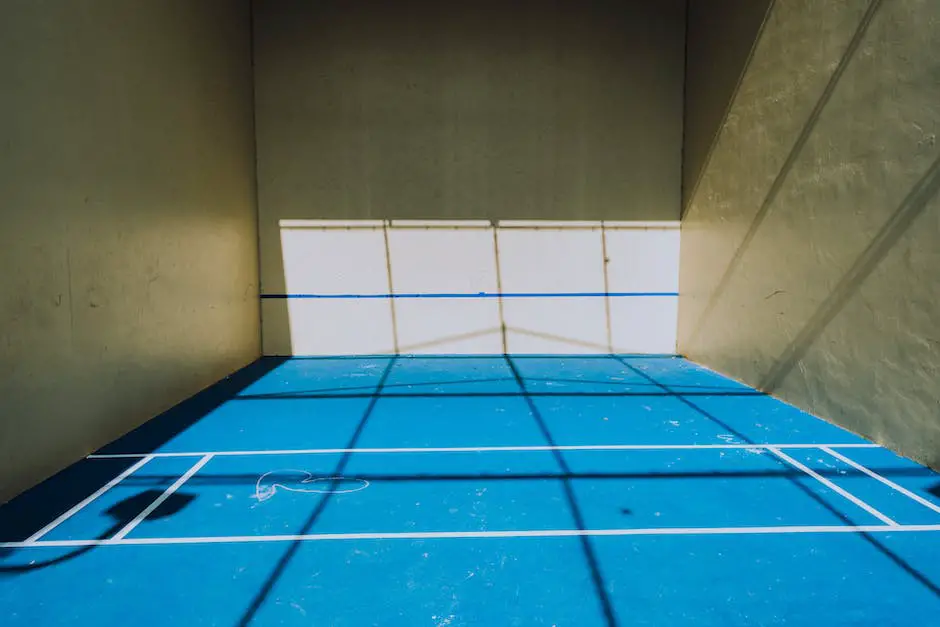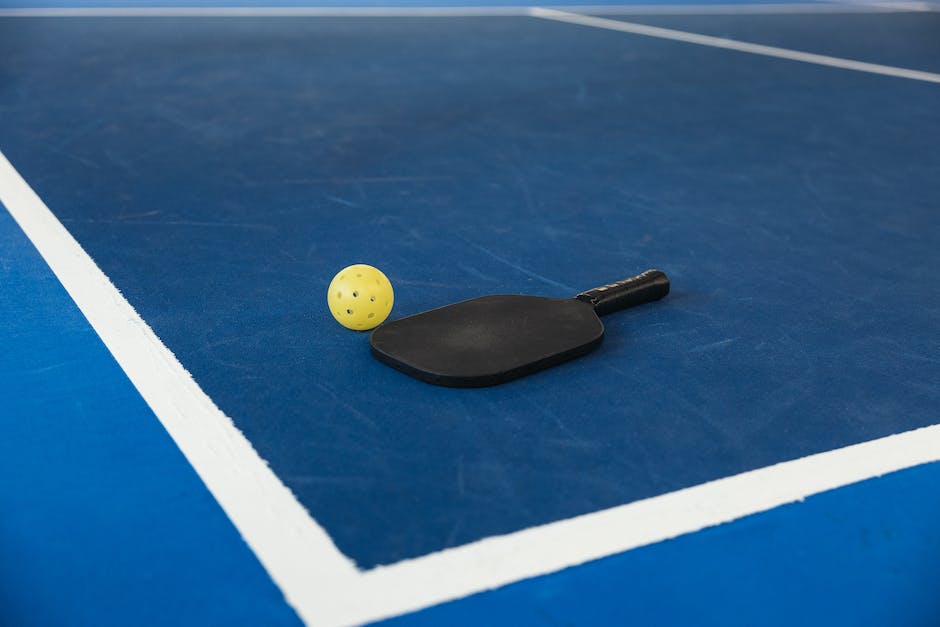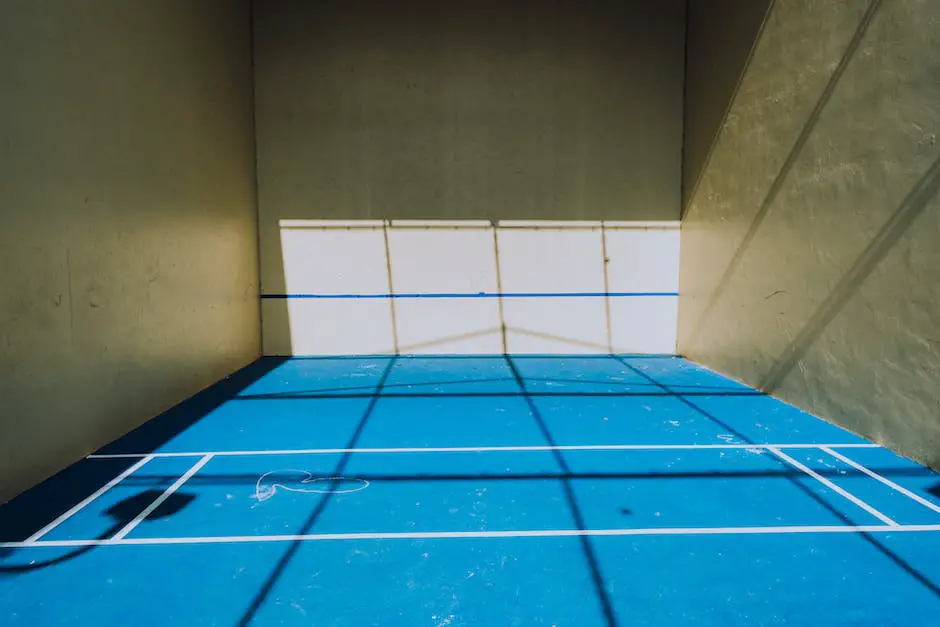Engaging in the rapidly growing sport of Pickleball extends beyond just grasping its rules and distinctive court layout. It demands continuous growth and honing of skills that begin with basic techniques like serving, dinking, and volleys. This journey we embark on will explore the foundational knowledge, drill-focused training, and thoughtful strategy development that truly make a well-rounded Pickleball player. By leveraging these skills and integrating them into real game situations, you’ll progressively achieve proficiency and indeed, mastery of the game.
Learning the basics of Pickleball
Understanding the Game and Its Rules
Pickleball is a paddleball sport that combines elements from tennis, badminton, and table tennis. The game involves two or four players hitting a lightweight ball over a net using a solid paddle. It’s played on a badminton-sized court and has rules similar to tennis, with a few modifications. Points can only be scored by the serving side and games are typically played to 11, 15, or 21 points. In pickleball, the serve must be hit underhand and each team must play their first shot off the bounce. After the ball has bounced once on each side, it can then be either volleyed (hit in the air without first bouncing) or played off the bounce.
The Layout of the Court
A pickleball court is similar to a downsized tennis court. The total dimensions of the court are 20 feet wide by 44 feet long. The court includes both a serving area and a “no-volley zone” – often referred to as “The Kitchen” – that extends 7 feet on both sides of the net. The kitchen is where the ball must bounce once before it can be hit by the players. Compliance with “no-volley zone” is one key element of pickleball strategy, as it prevents players from smashing the ball from an advantageous close-to-the-net position.
Serving in Pickleball
When serving in pickleball, you serve underhand and the paddle must be below your waist. The serve is initiated from behind the baseline. The ball must be hit into the air without bouncing and it must land in the diagonal service box on the other side. Also remember, in doubles pickleball, each player serves from their side of the court when it’s their turn.
The Basics of Dinking
Dinking is a fundamental pickleball technique. A “dink” shot is a soft shot that is designed to arc over the net and land within the non-volley zone of the opponent’s court. Dinking aims to create openings in the opponent’s defense by forcing them to move forward on the court. It is ideal for setting up point-winning shots, and often results in a prolonged exchange called a “dinking rally”.
Learning to Volley
Volleying in pickleball is when you hit the ball in the air without letting it bounce. You would use a volley to hit a compact and controlled shot usually when you anticipate an oncoming high ball. However, always remember the non-volley zone rules. Any volleys must be played while the player’s feet are outside of these boundary lines to avoid a fault.

Drill-focused training
Pickleball Serving Drills
To improve your serve in pickleball, try practicing these drills:
- Target Serving: Place a target (like a cone or towel) in different areas of the service court. Aim to hit the target with each serve to work on your precision and accuracy. Start by placing the target in the center and then gradually move it toward the edges of the service court.
- Deep Serving: Practice making your serves land deep in the opponent’s court to make their return more challenging. Aim for the target to be at least 3 feet from the baseline.
- Spin Serving: Develop your spin serve by experimenting with different spins (topspin, sidespin, backspin) during your practice. Try to master one type of spin before moving on to the next.
Pickleball Returning Drills
Try these drills to enhance your returning game:
- Angle Returns: Practice angling your returns so they land near the sidelines. This can help you gain an advantageous position in a rally by forcing your opponent to move laterally.
- Deep Returns: Similar to deep serving, it’s beneficial to practice ensuring your returns land deep within the opponent’s court.
- Quick Reflex Returns: Improve your reflexes and hand-eye coordination by having a partner rapidly fire balls at you from a short distance. The idea is to return these balls as quickly as possible.
Pickleball Volley Drills
With these drills, you can enhance your volley skills:
- Net Volleys: Stand near the net and have a partner hit balls to you. As the balls reach you, practice volleying them back over the net without letting them bounce. This drill trains reaction time and accuracy.
- Crosscourt Volleys: Position yourself at one corner of the net and have a partner at the opposing corner. The objective is to volley the ball back and forth diagonally, training your control and precision.
Pickleball Transition Drills
These drills can aid in transitioning from baseline to the kitchen line:
- Baseline to Kitchen Line Drill: Start at the baseline, hit a groundstroke, then sprint to the kitchen line to volley a return from your partner. The goal is to practice smoothly transitioning between baseline and net play.
- Partner Progressive Drill: Start at the baseline while your partner stands at the kitchen line. With each volley, both players take a step forward until both are at the kitchen line. This drill especially helps players get used to moving forward and backward on the court.

Strategy development
Understanding Pickleball Strategy and Shot Placement
Pickleball strategy centers around effective shot placement. Strategic placement includes hitting shots down the middle of the court to exploit gaps in the opponents’ positions and to create confusion about who should return the shot. It also involves keeping the opponents at the baseline while moving forward to control the net. This mid-court area, known as “no-man’s land,” should be avoided as it places you in a vulnerable position.
Keeping the Ball Low in Pickleball
Another critical strategy in pickleball is keeping the ball low. Low shots are harder to return and less likely to be smashed by opponents. Using the drop shot technique, start by hitting a high ball and letting it drop at the peak of its flight path to ensure it travels low. When at the baseline, aim your serves and returns just over the net to keep them low and to limit the power of your opponents’ returns.
Handling Different Kinds of Shots in Pickleball
Pickleball involves a wide variety of shots and learning to handle them is vital to improving your game.
- Groundstroke: Hitting the ball after it has bounced once.
- Volley: Striking the ball before it bounces. Keep your knees bent and stay on your toes to react fast. Aim your volleys at your opponents’ feet to make return shots difficult.
- Lob: A high-arcing shot aimed to pass over an opponent who is close to the net. The key to the effective lob is disguising it as a slower, lower shot until the last possible moment.
- Dink: A soft shot aimed to fall into the non-volley zone closest to the net. It’s useful in setting up points by forcing opponents to come forward, leaving space in the court behind them.
- Slam/Overhead Smash: A hard, offensive shot hit high and forcefully. It’s ideal for finishing points when the ball lands close to the net or within your hitting zone.
Developing your own effective strategy in pickleball involves mastering these basic shots and practicing proper shot placements

Game play Practice
Understanding the Game Basics
Before practicing, it’s important to understand the basics of pickleball game play. This game is typically played on a badminton-sized court with specific paddleball equipment, including a perforated plastic ball and composite paddles. It is a game that combines elements of tennis, badminton, and table tennis.
Warm-Up Drills
Start with basic drills like the Dink drill, where you repeatedly send the ball just over the net to strengthen control and placement. You may also practice serve drills to improve the consistency of your serve, as well as improve your deep or lob serve. Both players serve from the baseline, aiming to hit inside the service box.
Skill Development
Work on your skills such as forehand and backhand drills, volley drills, and groundstroke drills. You can set up various stations where each player rotates and practices each skill. Incorporate blocking drills where you practice blocking the ball back over the net without taking a full swing. Consider working on footwork drills as well, which can improve your ability to move quickly and get to the ball.
Advancing to Game Situations
After working on these drills, move on to creating mock game situations. One player will start as the server and the other as the receiver. You can run continuous games, reset after each point, or play out points to better mimic real game scenarios.
Competing in Matches
Apply the skills and strategies you’ve been practicing by playing matches with friends. Start a game from the serve, keeping score, and rotating positions on the court. Remember to implement the rules such as the two-bounce rule and the non-volley zone rule.
Participating in Local Events
Finally, look for local pickleball events in your community. These may be found at your local recreation center, health club, or through a local pickleball club. Participating in these event will not only give you an opportunity to apply the skills you have honed, but will also introduce you to a range of playing styles and strategies from other players.
Remember
Remember, the goal is to continue practicing your technique, improving your skills, and enjoying the game. Repetition is key to honing your abilities, so keep practicing and applying those drills to your game play.

The journey you’ve embarked on towards perfecting your Pickleball game isn’t a destination, but an ongoing voyage of discovery, improvements, and strategies. These lessons on basic techniques, drill-focused training, and strategic development are meant to not only enhance your skills but also amplify the fun and satisfaction derived from the game. Start integrating these tips, drills, and strategies into your game, whether it’s casual matches with friends or competitive local events. Remember, Pickleball mastery isn’t a sprint; it’s a marathon. Happy playing!